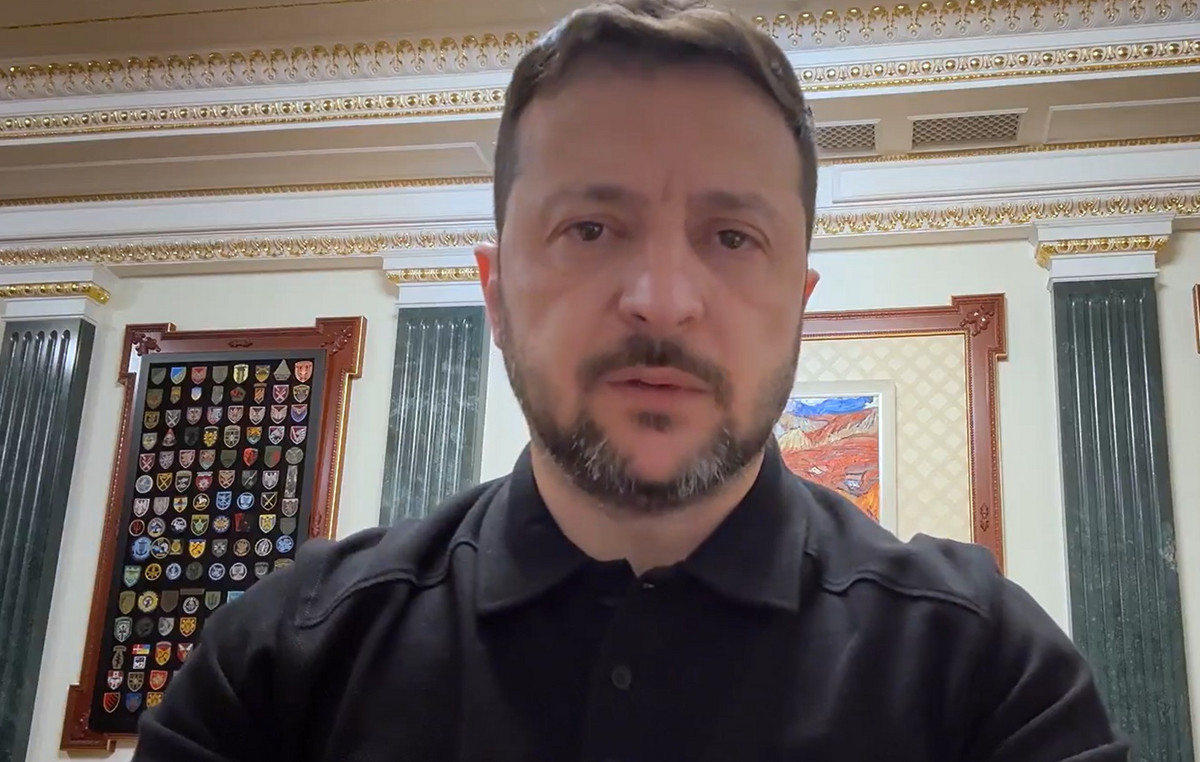Our brain cells serve as the building blocks of every thought, emotion and physical action and yet the brain is still our most mysterious organ. Now scientists may have new insight into this “black box” of life.
On October 12 it was announced by a scientific team the mapping of over 3,000 brain cell types as part of an atlas of the human brainwhich was presented through 24 different papers in 3 scientific journals.
With this atlas, scientists can identify the ways in which the human brain differs from the brains of other species, including our closest living relatives, such as chimpanzees.
The map will also help researchers understand how the human brain can change over time, but also how similar one person’s brain is to another, and why some people develop different brain diseases.
“We really need this kind of information if we’re going to understand what makes us unique as humans or what makes us different as individuals or how the brain develops,” said Ed Lein, a senior researcher at the Allen Institute for Brain Science in Seattle who participated in the studies.
The research was funded by the US National Institutes of Health and began six years ago as part of a larger study of the brain.
Consisting of 170 billion cells, including 86 billion neurons, the brain may well be “the most complex system we know of in the universe so far”Henry Greely, a law professor at Stanford University who previously served on a board guiding the project, tells the Washington Post,
To give a sense of the extent of the brain’s cellular complexity, Trygve Bakken, a neuroscientist at the Allen Institute, pointed out that the human lungs have only about 100 different types of cells.
Mapping the cells in the human brain could make it easier to find treatments for brain disorders, such as Alzheimer’s disease, autism and depression. “You can use this map to understand what’s actually happening in disease and what kinds of cells might be vulnerable or affected,” Ed Lein told NPR.
While this research is a monumental achievement, it is just the beginning. According to the Washington Post, the National Institutes of Health (NIH) has funded more than 1,300 projects. In the future, researchers expect to discover even more types of brain cells and better understand the function of those cells that have already been discovered. They also hope to better understand how different brain cells work together.
Source: News Beast
With 6 years of experience, I bring to the table captivating and informative writing in the world news category. My expertise covers a range of industries, including tourism, technology, forex and stocks. From brief social media posts to in-depth articles, I am dedicated to creating compelling content for various platforms.







